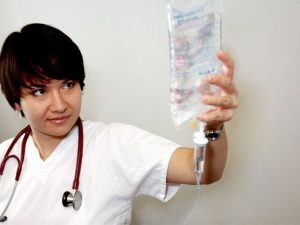Medical emergencies can come from many different physiological sources. A healthcare provider’s ability to recognize a time-sensitive medical emergency at the first sign of symptoms and use algorithmic management of airway (A), breathing (B), circulation (C) and definitive treatment, differential diagnosis, drugs, defibrillation (D) is paramount to maintaining blood circulation to a patient’s brain and heart.
Common emergencies being common, conditions such as heart attack, stroke, seizures, and severe allergic reactions are most often recognizable.
Less common infectious conditions such as Fournier’s gangrene, bacterial meningitis and Monkeypox need an emergency room nurse’s added vigilance. Beyond the ordinary, a cursory understanding and recognition of the uncommon can save a life in certain medical conditions.
Spontaneous tumor lysis syndrome (STLS) is a complex, but rare severe electrolyte disturbance often occurring when hematological cancer patients have begun systemic chemotherapy.
Tumor lysis syndrome (TLS) is an oncological emergency resulting from the combination a hematologic neoplasm and cytotoxic treatment.
At the metabolic level, tumor lysis is the rapid breakdown of the malignant cell membrane, which releases the intracellular cell contents (uric acid, potassium, and phosphate) into the bloodstream.









